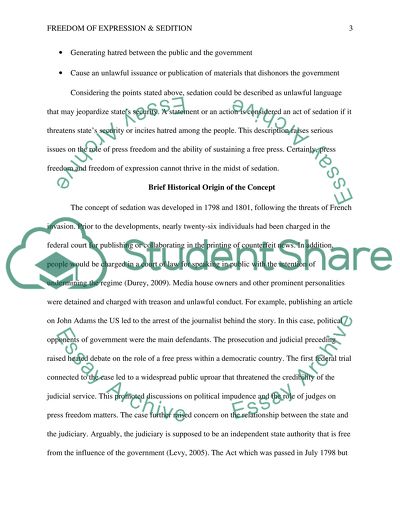Cite this document
(“Freedom of Expression As Curtailed In the First Amendment Research Paper”, n.d.)
Retrieved from https://studentshare.org/law/1475513-freedom-of-expression-sedition-paper
Retrieved from https://studentshare.org/law/1475513-freedom-of-expression-sedition-paper
(Freedom of Expression As Curtailed In the First Amendment Research Paper)
https://studentshare.org/law/1475513-freedom-of-expression-sedition-paper.
https://studentshare.org/law/1475513-freedom-of-expression-sedition-paper.
“Freedom of Expression As Curtailed In the First Amendment Research Paper”, n.d. https://studentshare.org/law/1475513-freedom-of-expression-sedition-paper.


